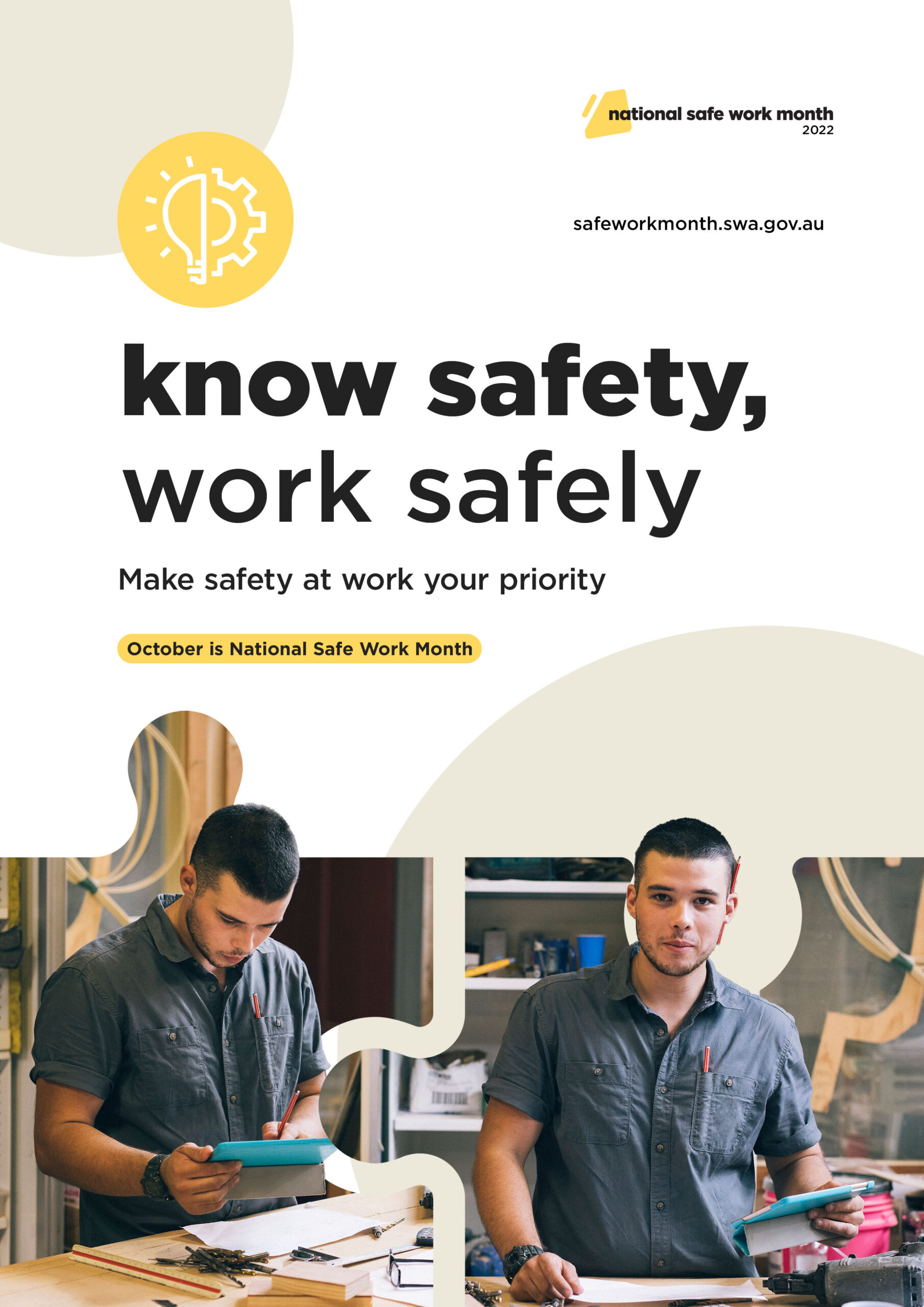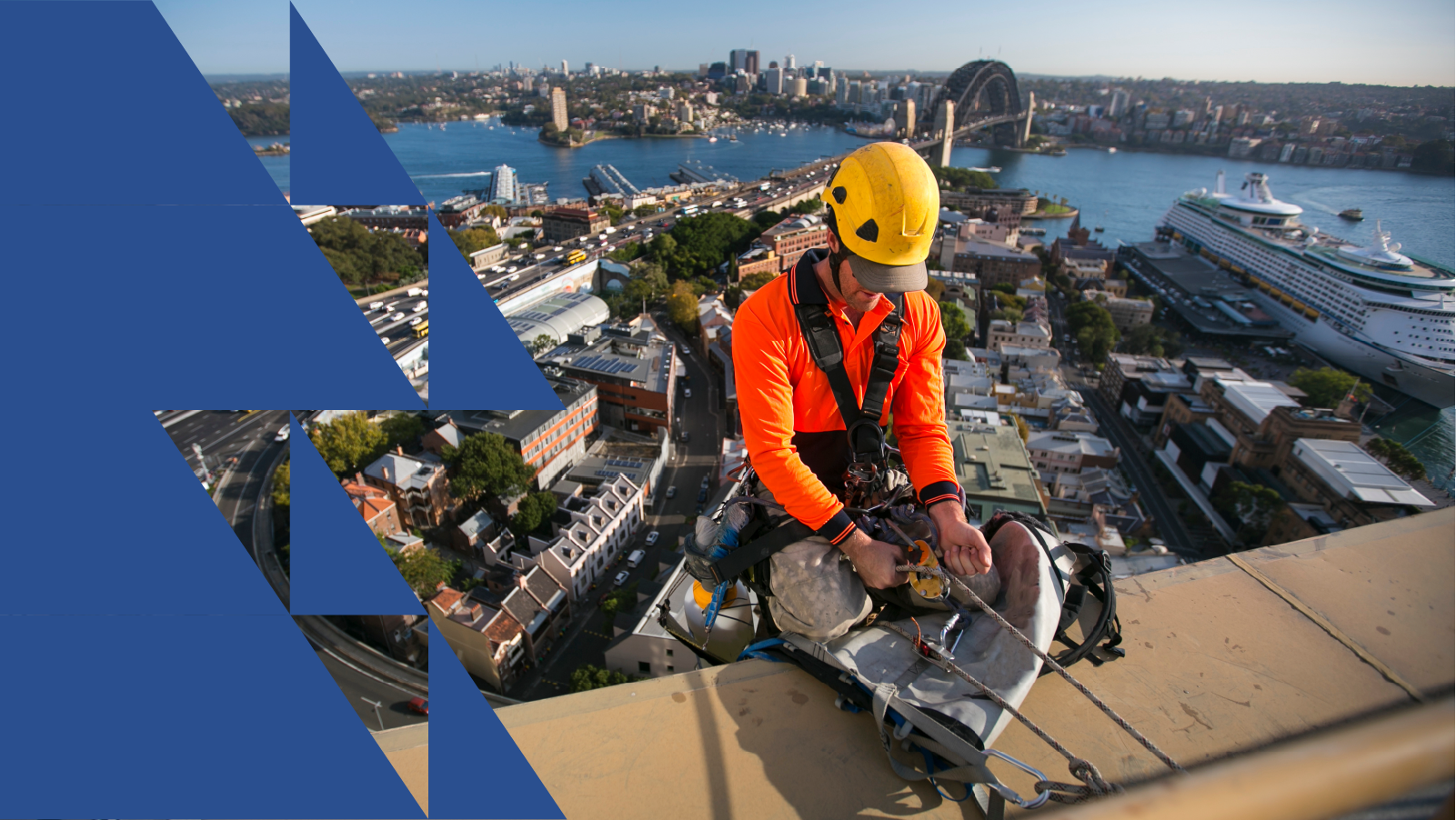There’s a wise old saying: when you know better, you do better. And with the theme of this year’s National Work Safe Month of ‘Knowing better’, now is the perfect time to think about how to do height safety better.
Regardless of your role, if you have anything to do with working at heights you have a responsibility to be safe and keep others around you safe, too.
Roof safety systems is an area with a range of responsibilities that falls under the banner of knowing better, doing better. Knowing better means using equipment and systems tested to relevant Australian Standards, such as those offered by.
We’ve created an overview of responsibilities for business owners, managers and employees about knowing better about height safety.
- Business owners: A person conducting a business or undertaking has ultimate responsibility for ensuring a safe workplace for everyone. Staying up to date with standards and is part of maintaining a safe workplace.
Safe Work Australia says that a person conducting a business or undertaking has specific obligations under the WHS Regulations to manage the risk of a fall by a person from one level to another, including requirements to:
- Ensure, so far as is reasonably practicable, that any work involving the risk of a fall is carried out on the ground or on a solid construction
- Provide safe means of access to and exit from the workplace
- Minimise the risk of falls so far as is reasonably practicable by providing a fall prevention device, work positioning system or afall arrest system.
Using positive language and behaviours and clear communication can make a huge difference in how the rest of the workforce treats height safety. Start by:
- Complying with the workplace safety plan
- Communicating regularly with staff to identify and address issues and risks
- Anticipating and managing risks before they cause harm
- Investing in workplace safety-related staff training and upskilling.
See here for more information.
- Manager: You may think your role consists mainly of managing people in day-to-day tasks but an important part of your job is modelling appropriate behaviours. There’s anecdotal evidence showing that leaders who destigmatise height safety have a workplace more likely to adhere to safety procedures.
Having a fall protection plan that discusses correct procedures to assemble, use and maintain height safety equipment such as gantries, ladder systems, and PPE equipment is vital. An effective, bespoke fall protection plan must include the following:
- General job site overview with location and the team including the person conducting a business or undertaking (PCBU)
- Outline of all identified on-site hazards
- Descriptions of all height safety equipment on site, including the assembling and ongoing maintenance for each
- Equipment must meet Australian or NZ standards
- Workers should be educated in how to assemble, use, and maintain height safety equipment
- Rescue procedures in the event of a fall, including details of who to contact and what to do to immediately address the situation
- Plan and records of employee training and skills/qualifications certification.
Find more information here.
- Employee/contractor: Workers have a duty to take reasonable care for their own health and safety.
- They must not adversely affect the health and safety of other persons.
- Workers must comply with any reasonable instruction given by the person conducting the business or undertaking.
- Any injuries or unsafe situations need to be reported to your supervisor or Health & Safety Representative.
If you’re unsure if your equipment, training or procedures are up to date don’t be afraid to speak out. Everyone has the right to a safe work place, whether they are an employee or a contractor. You can find information about the WHS Act and site inspection requirements here.



